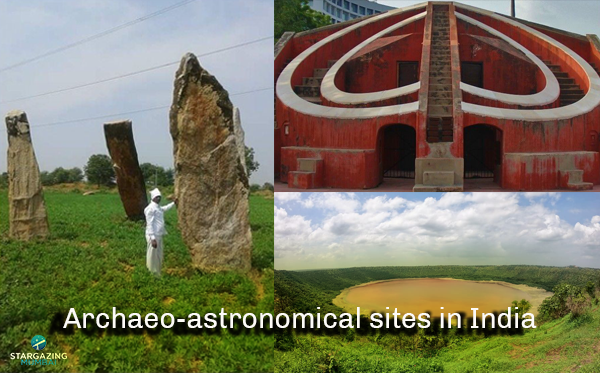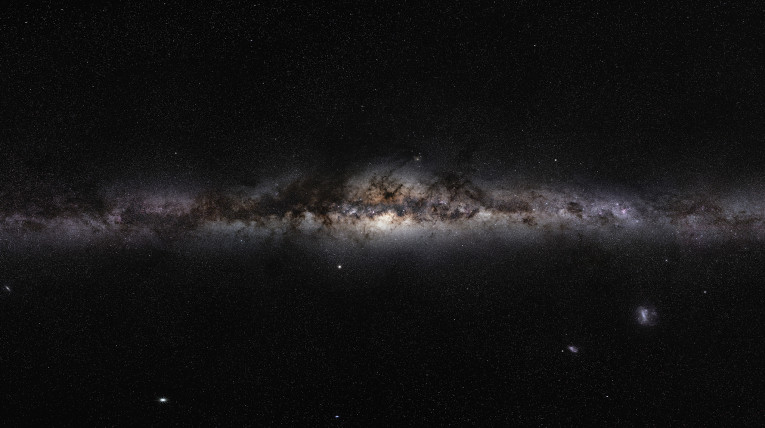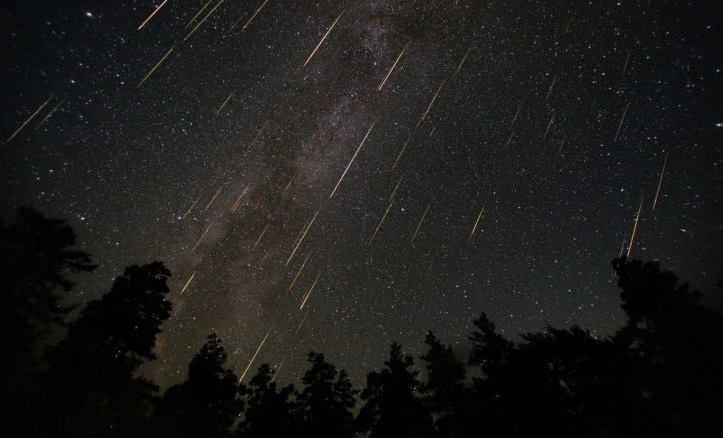
What is the Geminids Meteor Shower & how is it different?
To begin with, the Geminids meteor shower is a beautiful cosmic event that graces the night sky every December. Year and again, the Geminids shower is considered to be the strongest in terms of the rate at which it occurs. Interestingly, unlike most meteor showers, which originate from comets, the Geminids are associated with an asteroid called 3200 Phaethon. This asteroid is considered to possess a “rock comet” orbit, which means it holds an orbit like a comet. This unique characteristic sets the Geminids apart, making it one of the only major meteor showers that does not associate with a traditional comet.
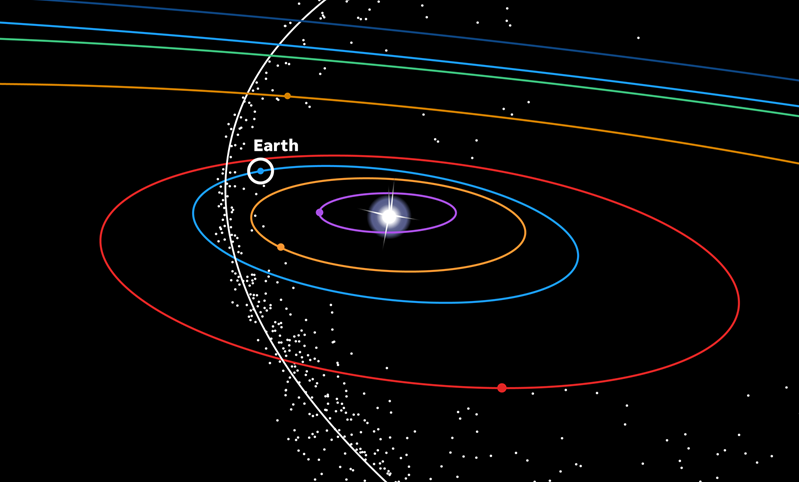
The Geminids radiant, the point from which the meteors appear to illuminate, lies within the constellation Gemini. This constellation’s name ultimately reflects the meteor shower’s celestial origins. During the peak, the observers can witness up to 120 meteors per hour under a dark sky. These meteors are slightly yellow and are known for their illuminating brilliance and speed, which often leaves long and luminous streaks across the night sky.
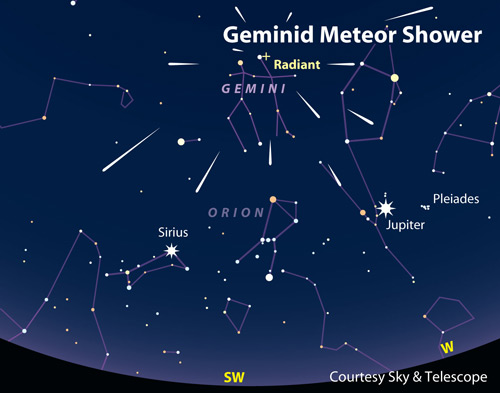
Origin of Geminids Meteor Shower – 3200 Phaethon Asteroid:
Meteors come from leftovers of comet particles and bits from asteroids. When these objects come close to orbit around the Sun, they leave a dusty trail behind them, through which Earth passes every year. These same dusty streams allow the particles to collide with our atmosphere and break down because of friction to create fiery and colorful streaks in the sky. Just like that, the source of Geminids Meteor Shower, asteroid 3200 Phaethon, is an active Apollo asteroid with an orbit that brings it closer to the Sun than any other named asteroid. This is also a reason due to which it was named after the Greek myth of Phaëthon, son of the sun god Helios.
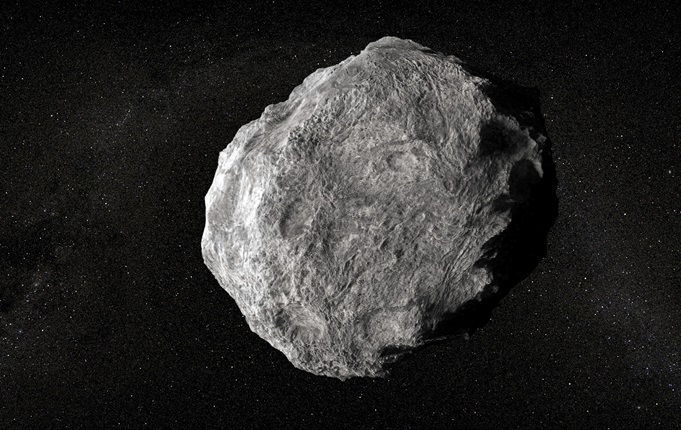
Interestingly, Phaethon is a unique hybrid of an asteroid and a comet. This “rock comet” is not icy like a comet, however, it illuminates when it comes near the sun, just like comets, which also have a tail. Fortunately, scientists are studying this strange phenomenon and have come to a theory that explains this asteroid’s peculiar nature.
The study explains that the reason behind the comet-like nature of asteroid 3200 Phaethon would be sodium. Phaethon’s elongated, 524-day orbit takes the asteroid within the orbit of Mercury, during which time the sun heats the asteroid’s surface up to about 750 degrees. As the asteroid approaches the sun, the sodium heats up and vaporizes. This process depletes the sodium present on the surface, however, the element present within the asteroid continues to heat up, vaporize, and ultimately fizzle into space through cracks and fissures in Phaethon’s outermost crust.
Hence, this fizzing sodium explains the asteroid’s comet-like behavior.
When and How to see Geminids Meteor Shower?
The overall duration of the Geminids meteor shower is considered to occur from 19th November to 24th December. This cosmic show is expected to reach its peak on 14th December at around 2:00 am, as this is the time when its radiant point rises to its highest position in the sky. The higher the constellation Gemini rises in the sky, the greater is the number of Geminid meteors that are likely to be observed. Gemini, however, will be seen rising from the onset of dusk itself, as the waxing crescent moon sets. This allows the stargazers to experience the dark skies providing an optimal view of the meteor shower during the peak hours.
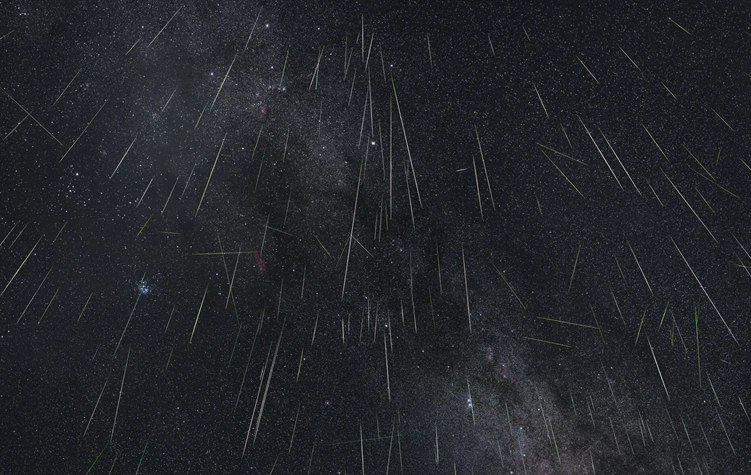
Coincidentally, the radiant point of the Geminids almost overlaps with the bright star Castor in Gemini constellation, which is located approximately 52 light-years away, while the meteors themselves break down in Earth’s upper atmosphere. Such mere coincidence sometimes confuses observers into thinking that the radiant is a star castor, which it is not. Hence, it’s mostly suggested that one should not just focus on radiant but look around the dark sky, under optimum conditions, one may experience enlightening cosmic events.
To maximize your chances of witnessing this celestial beauty, find a dark location away from city lights. And if you’re in Maharashtra, luckily, there is a delightful opportunity for stargazing enthusiasts to experience the peak of the Beautiful Geminids Meteor Shower in Dehene on the night of 14 December. Witness this astonishing cosmic light show with Stargazing Mumbai, where you can experience an exceptional event with interesting stories about constellations, learn about our mysterious universe, and take a closer look at planets, galaxies, and nebulae along with many other deep sky objects through our telescopes all the while experiencing the beauty of the Geminids. Stargazing Mumbai’s Dehene site is the perfect location if you come from the city, away from the light pollution and closer to the cosmos.
So make sure to mark your calendars for December 14th and get ready to witness the illuminating Geminids Meteor Shower this year!

